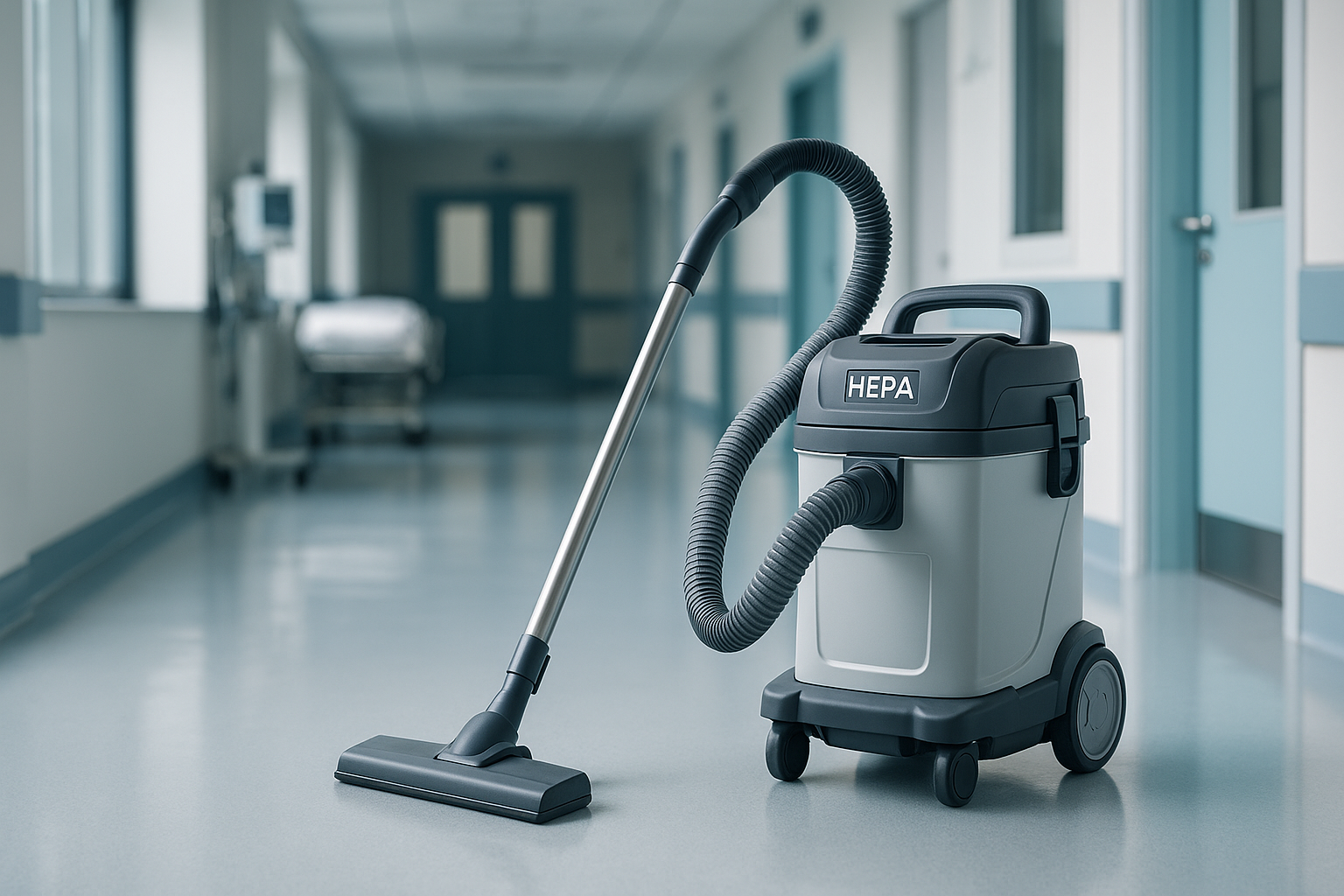 Hospitals and healthcare facilities have some of the most rigorous requirements for cleanliness, driving demand for advanced vacuum cleaning equipment that can help prevent the spread of infections and meet strict compliance standards.
Hospitals and healthcare facilities have some of the most rigorous requirements for cleanliness, driving demand for advanced vacuum cleaning equipment that can help prevent the spread of infections and meet strict compliance standards.
Medical-Grade Filtration and Safety
Medical industry procurement standards often mandate HEPA or ULPA filtration to capture even the smallest contaminants and allergens. According to CDC, high-efficiency filters play a vital role in infection control. Industry leaders such as Steris supply vacuum cleaners purpose-built for surgical suites, laboratories, and patient care areas, featuring anti-bacterial surfaces and noise suppression to minimize patient disruption.
International Certification and User Training
Healthcare buyers are guided by regulatory bodies like Joint Commission International, which sets global benchmarks for cleanliness and safety. Procured machines must be easy to sterilize, offer tool-free maintenance, and provide real-time operational feedback for strict record-keeping.
To meet these high expectations, hospitals evaluate vacuum cleaners on suction power, filtration level, weight, noise output, attachment versatility, runtime, corded and cordless usability, portability, and wet dry operation—ensuring every device performs as a medical-grade vacuum cleaner.
For more procurement guidelines and industry news, visit www.lxvacuum.com.
















